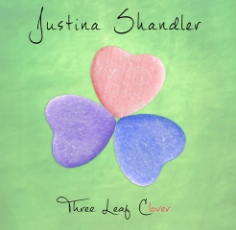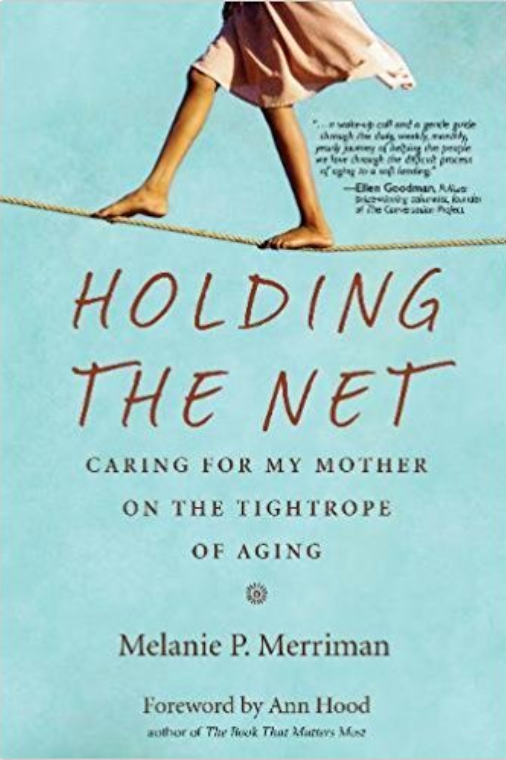With this episode (episode # 5) the podcast realized what it wanted to be and what it could be. All the talk of the creative process really resonated with me because it addresses so much more than just the writing process but the process of self-creation and being alive. It's all so overwhelming and that's why we have to write and create AND why we need a support system to help us through it. Alejandro Santiago

CRAFT TALKS
Come study with us. Listen to craft talks from Andrea Askowitz. Learn writing techniques that will help you become a better writer.
Writing Class Radio
Writing Class Radio is a podcast of a writing class. It is for people who love stories and who get inspired by hearing other people tell their stories and who want to learn a little bit about how to write their own stories.
There's no better way to understand ourselves and each other than by writing and telling our stories.
Everyone has a story. What's yours?
















